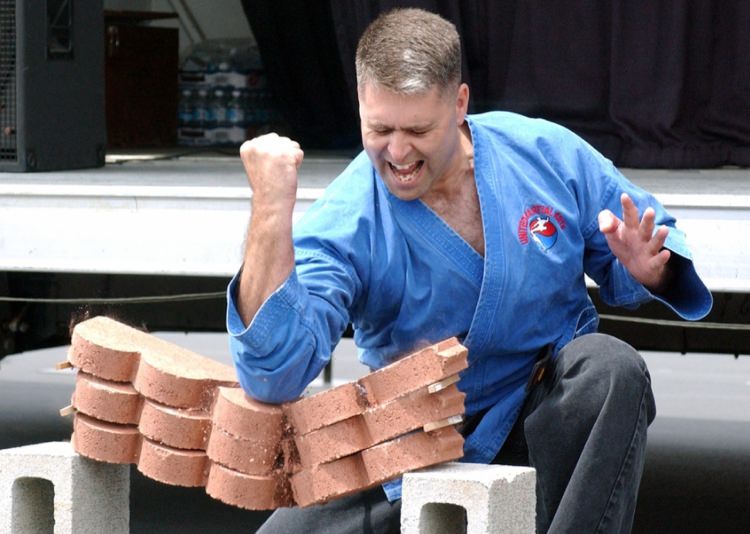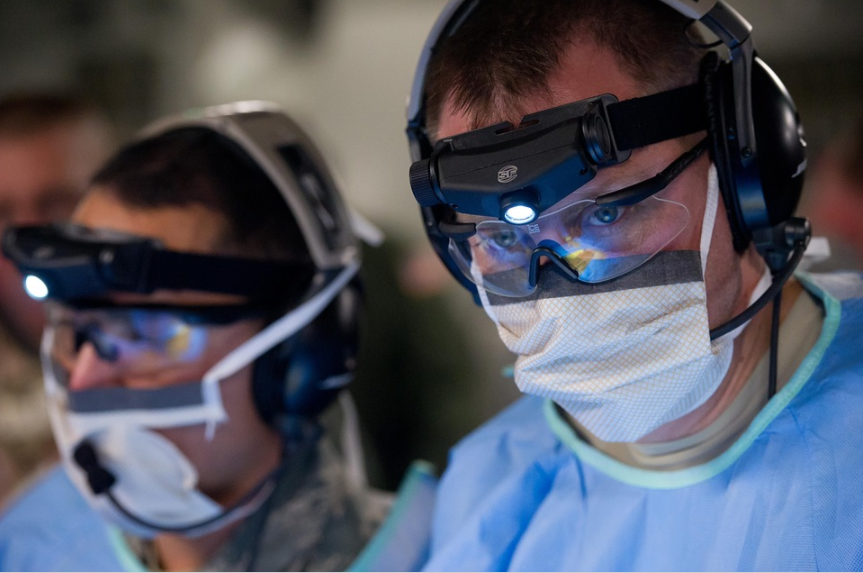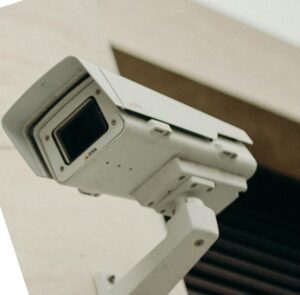Nerve injuries can appear in case of open wounds, like cuts and lacerations, or in case of closed fractures. This closed injury of a nerve happens along with the closed fracture of the upper arm bone humerus, when the cracked fragments of that bone hurt the nerve that is called nervus radialis.
We can easily estimate the condition of a nerve, if the wound is open and the nerve is visible. But if not, then the estimation can be done when three weeks pass and then the EMNG (Electromyoneurography) gets done. That is the diagnostic procedure of stimulating nerves by electricity.
Is there any Need for a Surgery?
If the nerve is still whole and passable, but some of the functions are missing, and the answer to irritation is not complete or there is evident muscle weakness, there is no indication for the surgery. There are some details that everyone should know about these injuries and indications for nerve surgery, and we will roughly present it to you in 3 possible cases:
- If the simple dysfunction of nerve fibers happened, then there is no need for surgery
- If there are some of the fibers torn, but not the whole nerve, there is a chance that the fibers will heal and even grow back to the organ, muscle or skin, from where they have been ripped off. Again, there’s no need for surgery.
- If we can prove that the continuity of the nerve is broken, and that there is no way to heal and get any function back spontaneously, then there is need for nerve surgery.
The surgery is best to be done in three months from getting injured, but it is reasonable to do it even if a year has passed.
The nerve gets connected when sewn directly, and if there’s a defect on the nerve, we can replace that segment by taking a graft from the calf, where nervus suralis is located. The ingrowth speed of nerve is about 1,5mm per 24 hours. Therefore, for insuring ourselves in the final outcome of nerve surgery, we should certainly wait for months.







Be First to Comment